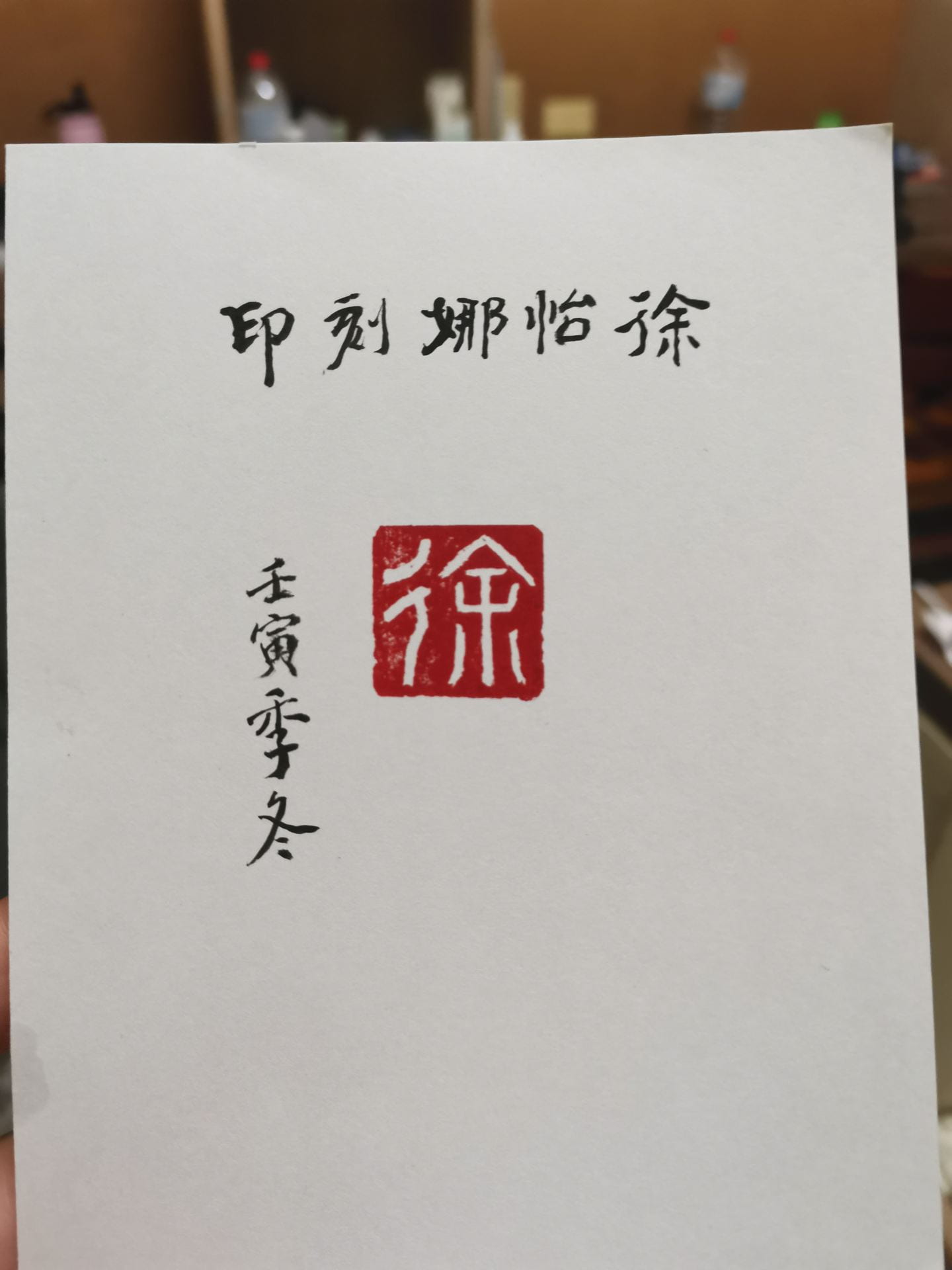As part of the programme, we get to have cultural classes, which allow us to experience various aspects of Taiwanese culture in depth.
Tea Ceremony
While many cultures have a tea ceremony, they all differ and are unique. We headed to 耕讀園永華店, where we got a lesson on Taiwanese tea; we were taught how to make and serve tea to guests and got the chance to practice ourselves. We learnt the importance of each step of the tea ceremony and how certain ways of doing things are a sign of respect. I was lucky to receive some Taiwanese Tieguanyin tea, which I was interested in because I’ve had this tea before; however, it was grown in China. The teacher explained that because of the different places this tea is grown, it has a different distinct taste. Similarly, China has more land suitable for growing Tieguanyin; hence, there is much less of the Taiwan-grown version, which makes me all the more curious to try it when I get back to NZ!
To end the lesson, we headed downstairs, where we enjoyed hotpot while overlooking a koi fish pond. For some fun, we were also given some fish food to feed them!
Making Han Bing
Every culture has food special to it, and one such one for Taiwan is Han Bing 汉饼, a kind of pastry with filling that is historically and typically used for wedding occasions. We headed to Jiu Zhen Nan Tainan Flagship Store 舊振南 to make Han Bing. The teacher not only taught us how to make it but explained the story of how Han Bing came to become a pastry for weddings. It is interesting not only to make the food but to understand that this is something that has been passed down, generation to generation; it is something that has been eaten for centuries. It really puts into perspective how central food is to culture and that food over history can tell us a lot about a culture.
The toughest part of making the Han Bing was putting it into the mould and then hitting it on either side to loosen it and tip it out. I underestimated my strength and ended up really hitting it a bit too hard, but thankfully the teacher helped me even it out, so it didn’t turn out lopsided. We were told to wait till the next day to have it to give it time to cool down, and it was worth the wait!
While we were waiting for the Han Bing to bake, we got to try a bunch of other pastries, cakes, desserts, sweets etc. From sweet to savoury, sticky to flaky, the different flavours and textures made for a journey. My favourite was the Green Mung Bean Taiwanese biscuits!
I ended up heading back to the store a week later to buy some pineapple cakes, which are not only the store’s best-seller but are also one of the most famous signature traditional Taiwanese pastries. My mum loves these, and I know this will be a great gift for her!
Seal Engraving
The last cultural class was engraving our own seal. It was an honour to have a very reputable teacher in Taiwan come in and teach us about the history of seals and seal engraving and the different types of characters and engraving styles. What was very exciting was that we got to engrave our own! Knowing how slow I am, I decide to go with one character to make it easier for myself. I choose the character Xu 徐, which is my last name. In the end, I was really pleased with how it turned out, and it feels really special having a stamp that you engraved yourself.
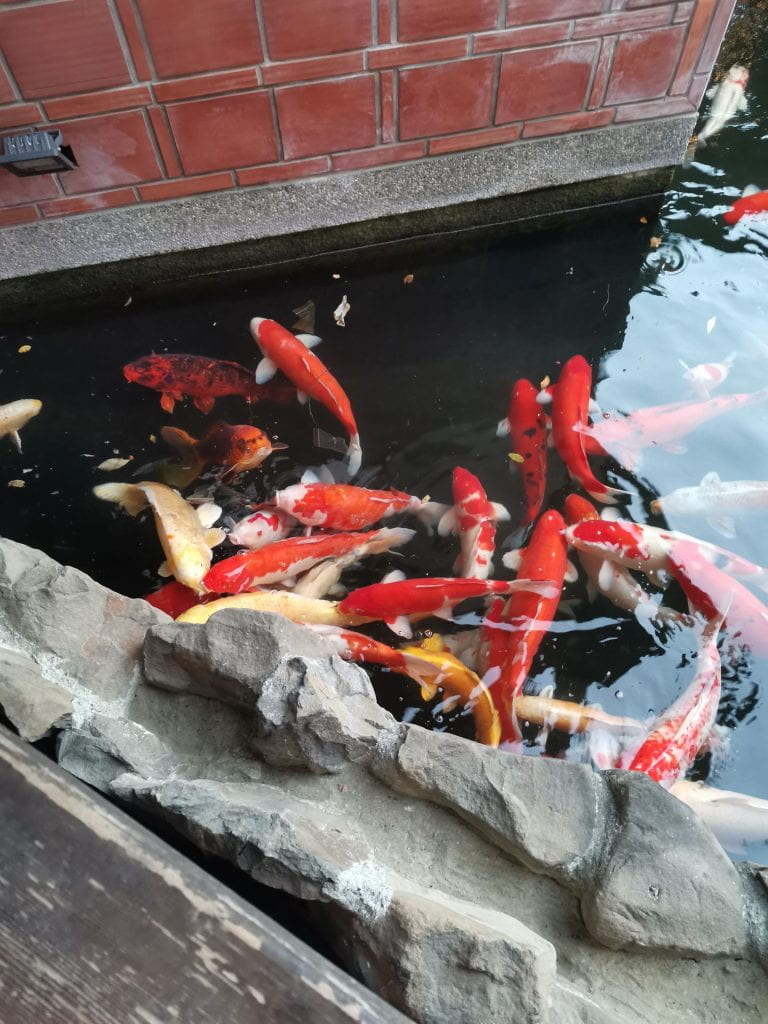
Koi fish 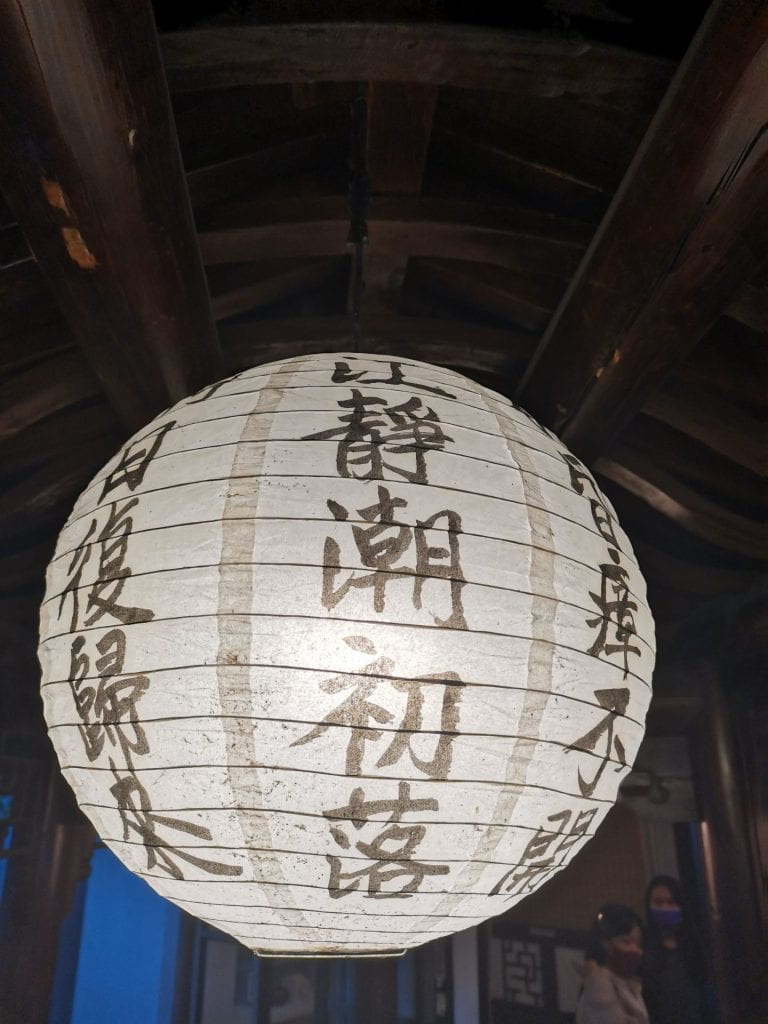
Lantern 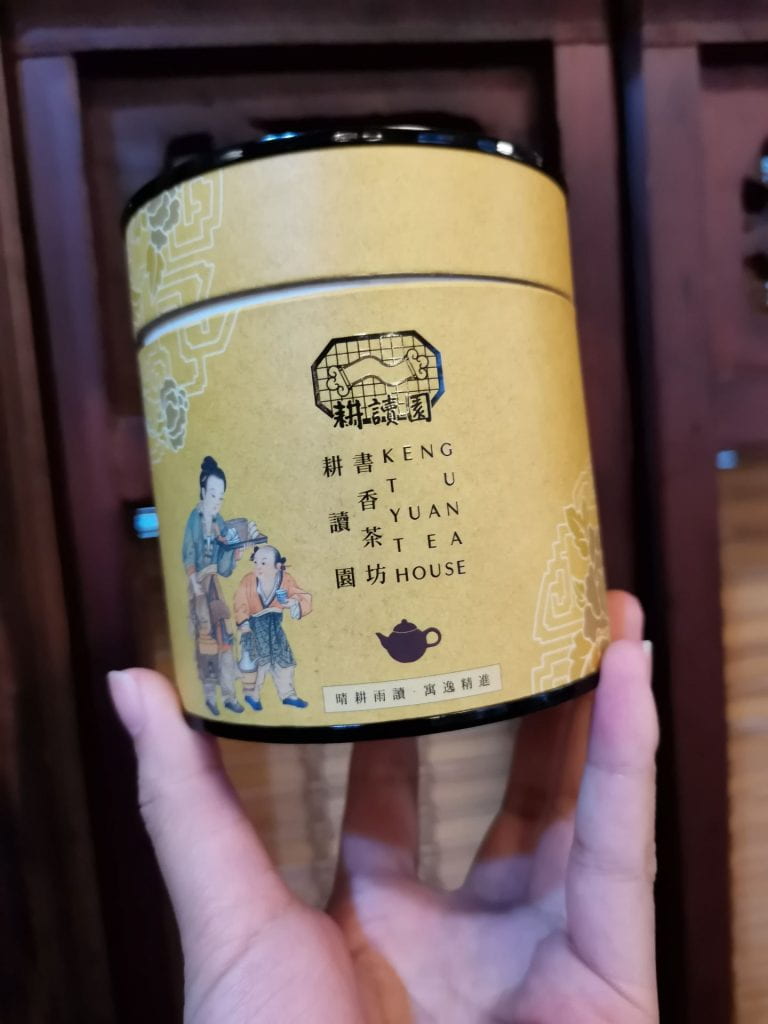
Taiwan Tieguanyin 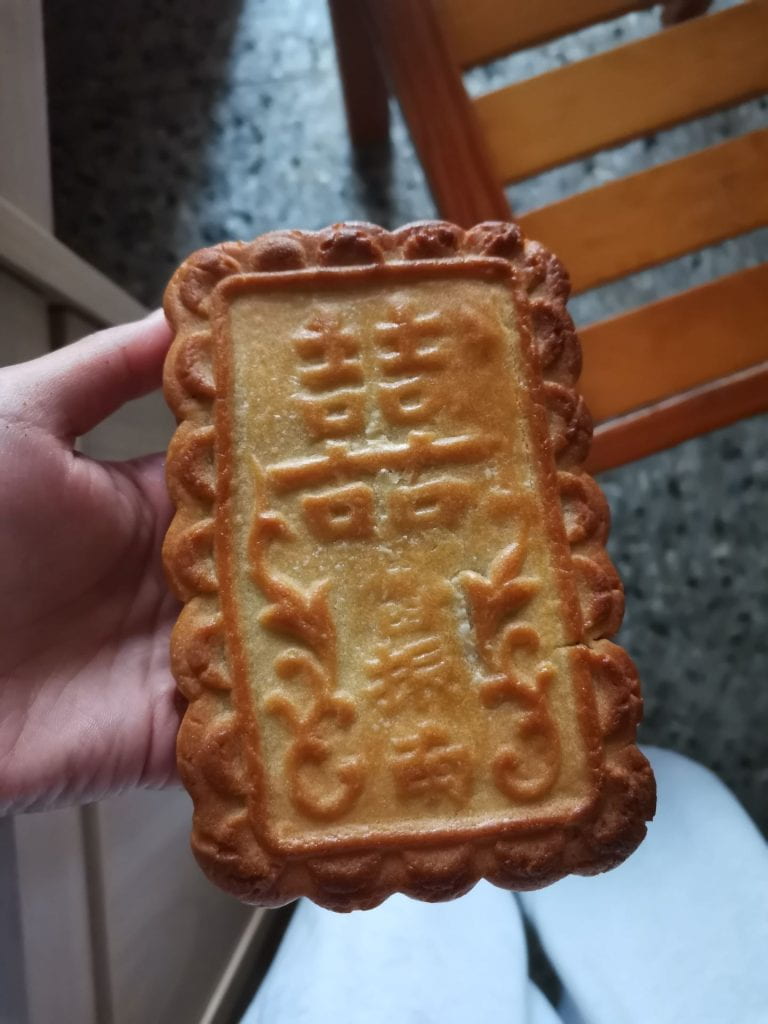
Han Bing made by yours truly 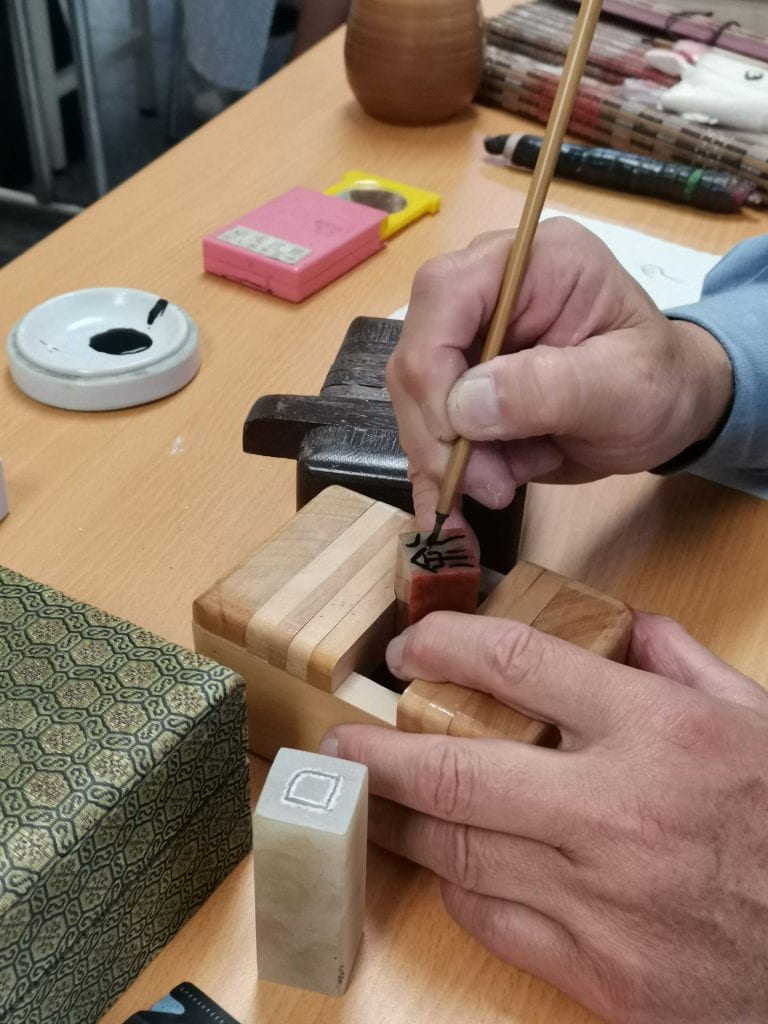
The master helping outline my last name 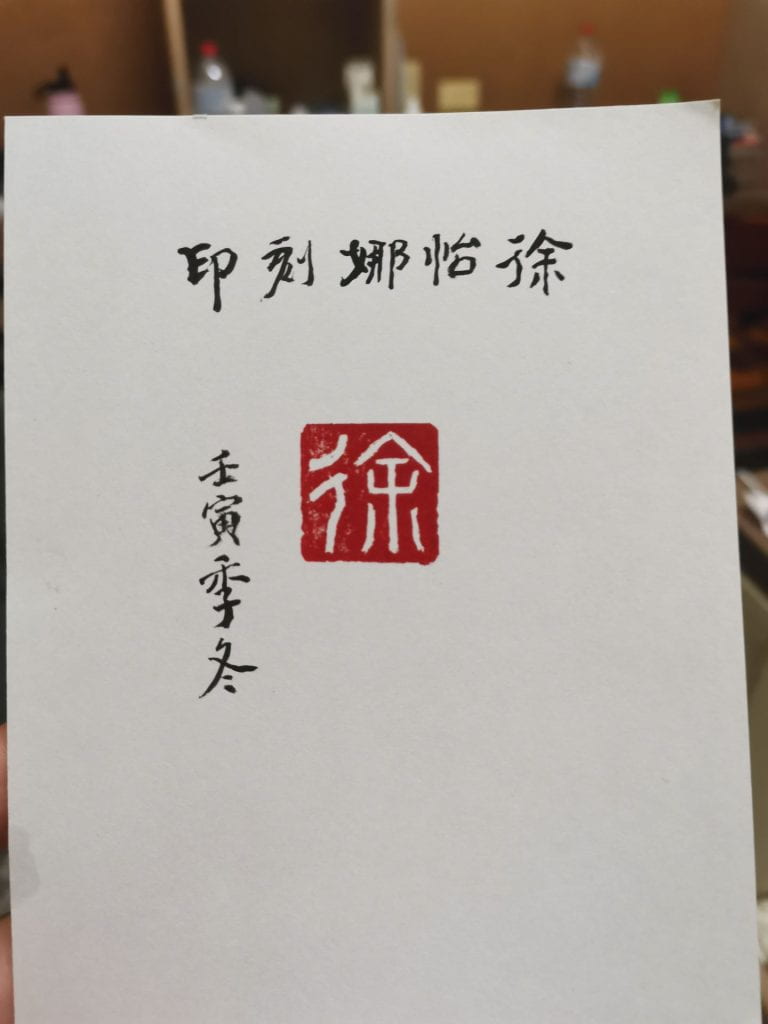
My seal stamped
Update on classes:
Topic four was on traditional vs modern culture. By focusing on Spanish bullfighting, we discussed arguments supporting the continuation of traditions versus changing or stopping some traditions. While the text was on one particular tradition, we also discussed Taiwanese traditions, as well as ones from our own country. This raised a lot of differing opinions, and it was interesting to see the cultural backgrounds play into how everyone considered the issue.
